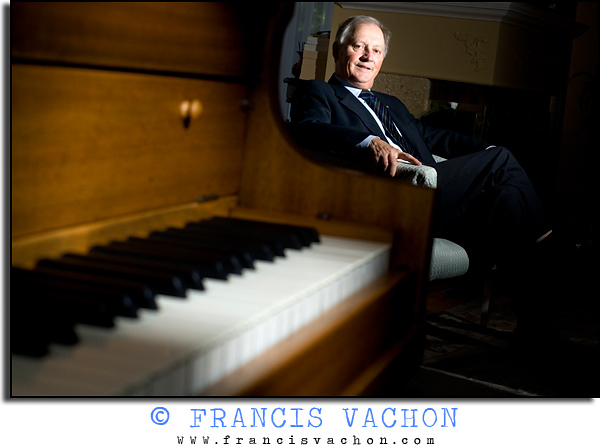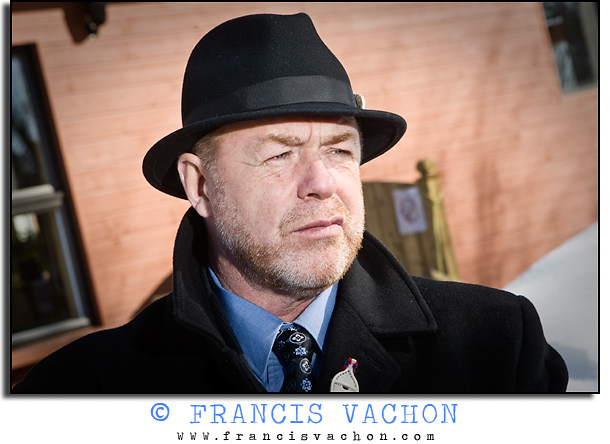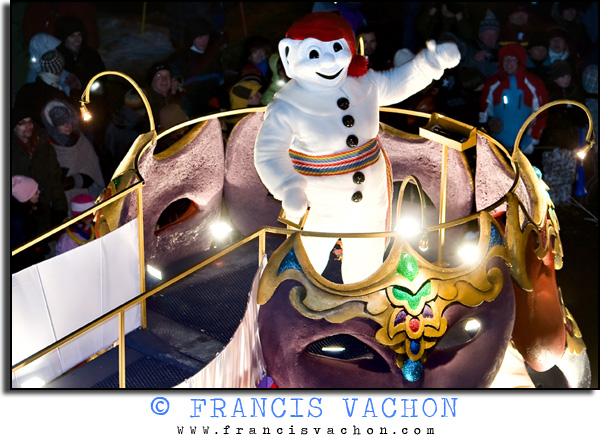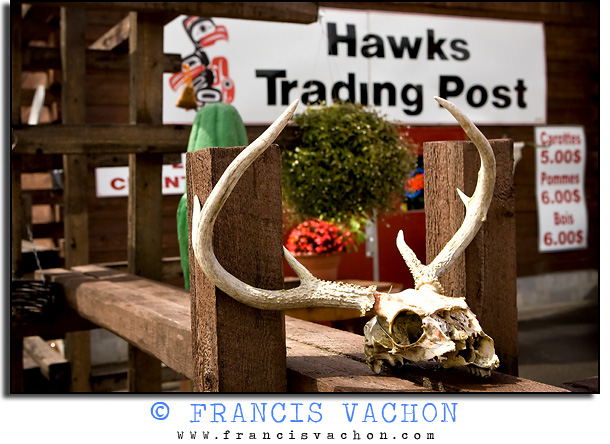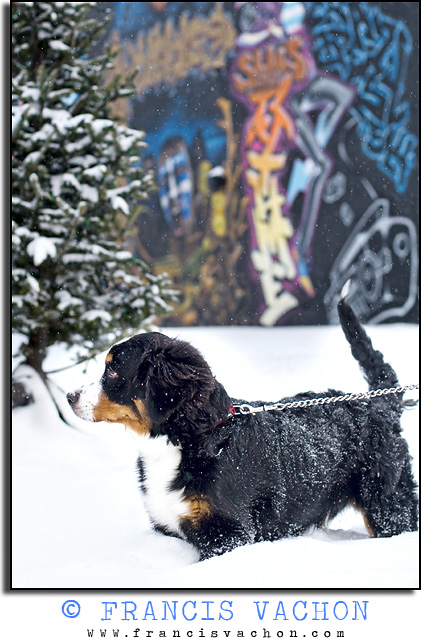|
I finally can show you the result of a shooting I did this fall.
I was commissioned by World picture News for a new client of them, Public Works, a trade magazine about – you guessed it – public works. The story is about a remotely controlled street-lighting system in the historic neighborhood of Le Trait Carré in Quebec City.
Sometime, the photo/art director gives you total freedom for your shot. Sometime, he gives you a general idea of what he wants. And other times, you have a detailed request of what he expects. It was the case for this one.
After looking at the sketch made by the client, I went to scout the location and did some test. Then the next day I mimicked the drawing the best I could with the subject, and that’s what they used for the front page.
I also gave them some alternate photos, and some street light photos as requested.
The subjects provided me with a boom truck, which was a lot of fun. My assistant took some photos of me (note one of my subject laughing as he looks at me in the second photo) and shot a very short video as I was directing the operator to a good position. The boom allowed my to get a different and cool angle.
|
Je peux finalement vous parler d’un shooting que j’ai fais cet automne.
J’étais en assignation via World Picture News pour leur nouveau client Public Works, un magazine spécialisé (trade magazine) sur les travaux publics. L’article traite d’un système de contrôle à distance pour les lumières de rue dans le quartier historique du Trait Carré à Québec.
Parfois, le directeur artistique donnes une liberté total au photographe. Parfois, il ne donne qu’une idée générale de ce qu’il veut. Mais quelque fois, il nous fournit des instructions très précises. C’était le cas ici.
Après avoir regardé le dessin fournis par le client, je suis allez étudier les lieux en personne pour faire quelques tests. Le lendemain, j’ai « copié » le dessin du mieux que j’ai pu et c’est ce qui a été utilisé pour la page couverture.
Je leur ais également envoyé quelques images alternative et quelques photos des lumières de rue.
Mes 3 sujets m’ont fournit un camion-nacelle, ce qui à été très utile et très rigolo. Mon assistante à pris quelques images de la préparation (notez un de mes sujets qui se moque de moi sur la 2e) et à tourné un court vidéo alors que je donnais mes instructions à l’opérateur pour qu’il me positionne au bon endroit. La nacelle m’a permis de prendre quelques photos différentes pour mon client.
|
